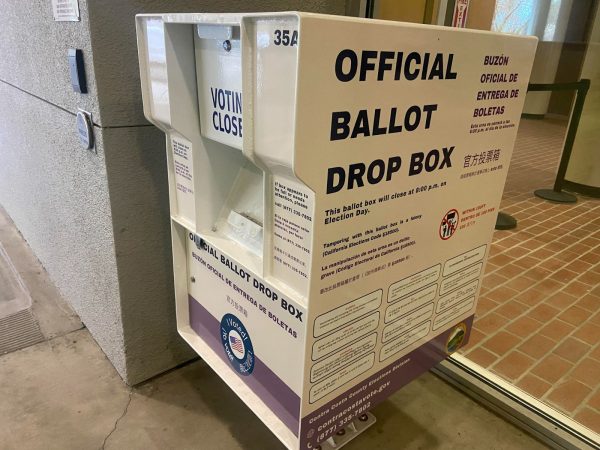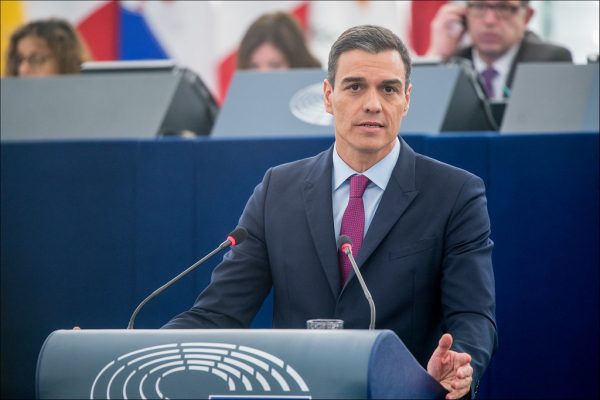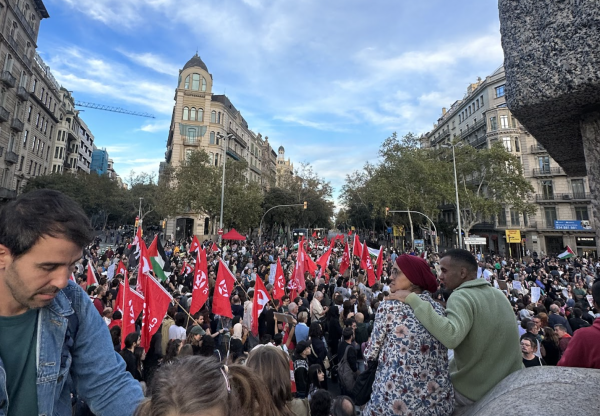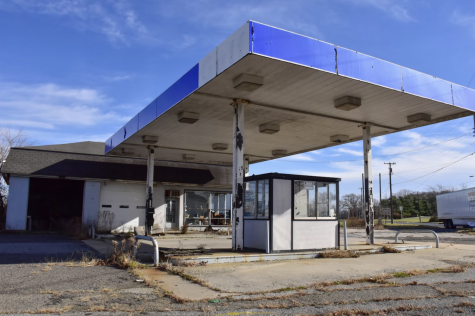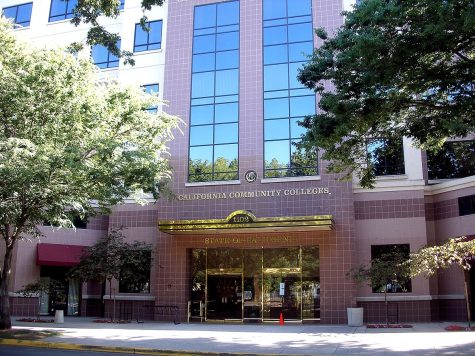Fearful of California’s Climate Future, Bay Area Students Take Action As State Pushes More Aggressive Policies
The Earth’s atmosphere is warming at a significant rate, causing extreme weather disasters and mass uncertainty for the future. Now, youth-led organizations in the Bay Area are trying to take action before it is too late.
A stark example of the climate crisis occurred here last month as a massive heat wave moved across California, bringing temperatures up to 115 degrees in some parts of the state. Electricity brownouts and intense wildfires resulting from the heat left many student residents in Contra Costa concerned for their health and home.
Diablo Valley College student Nicholas Marini, who has lived in the county his whole life, said, “It’s gotten pretty hot here, but this heat wave was nothing like I have experienced.”
The latest weather events confirm what environmental scientists have been warning for decades about the impacts from human activity accelerating climate change. The Intergovernmental Panel on Climate Change noted that the primary cause of global heating is human-led burning of fossil fuels. Oil, coal and gas are combustible materials that, when burned to produce energy, create carbon dioxide in the air which causes heat to be trapped in the atmosphere.
Like many students across the state who are fearing an increase in fires, drought and extreme heat, Marini said he feels California is headed for a climate catastrophe, but that it’s hard to know how to respond.
One way some young people have chosen to get involved is through climate activist groups, which offer a measure of hope by organizing against and challenging the power of big corporations that profit from fossil fuels.
For example, on Sept. 23, hundreds of students came together in downtown Oakland to protest against the transport of fossil fuels through the Port of Oakland – the fourth largest public port system in the United States. The march began at Oscar Grant Plaza and looped downtown, passing the Oakland Police Department and many federal buildings, with messages like “Say No to Coal” and “People not Profit” written on signs and chanted by the crowd.
Marching with students from schools across the Bay Area, the activists were part of a national week of protest as young people took to the streets to fight for a sustainable future.
The organization Youth Vs Apocalypse helped plan the event in coordination with an international youth-led day of action. “Globally, we are asking for climate reparations, not as charity, but as a transformative justice process,” said Hannah Estrada, the group’s co-founder.
Estrada added, “Big corporations have been profiting from harming the climate and we will no longer stand by and watch our future become a series of catastrophic disasters.”
Locally there have been some signs of progress. Oakland City Council, for example, imposed a strict ban on coal storage and handling in 2016. Nonetheless, Phil Tagami, the operator of Oakland Bulk and Oversized Terminal, has been challenging the decision in court for the past six years.
Tagami’s goal is to transport coal through Oakland on ships headed to Asian markets for fossil fuel burning and consumption.
Oakland City Attorney Barbara Parker announced that a final decision about the fate of the terminal could occur before the trial date set for April 2023.
More broadly, the voices of the youth and many California citizens are being recognized by the state’s Governor Gavin Newsom, who has taken strides to mitigate the effects of global warming. On Oct. 3, Newsom declared a new level of climate commitment by signing 40 bills into law and affirming nearly $54 billion in investments to respond to the climate crisis.
Newsom told the public, “We’re taking all of these major actions now in the most aggressive push this state has ever seen because later is too late.”
One of the bills includes adopting a more rigorous greenhouse gas emissions target – increasing the state’s CO2 reductions from a goal of 40 percent to 55 percent below 1990 levels over the coming decade.
“There is no other jurisdiction in the world that’s doing what the state of California is doing,” said Newsom.
(Illustration by Ericka Carranza)






































































